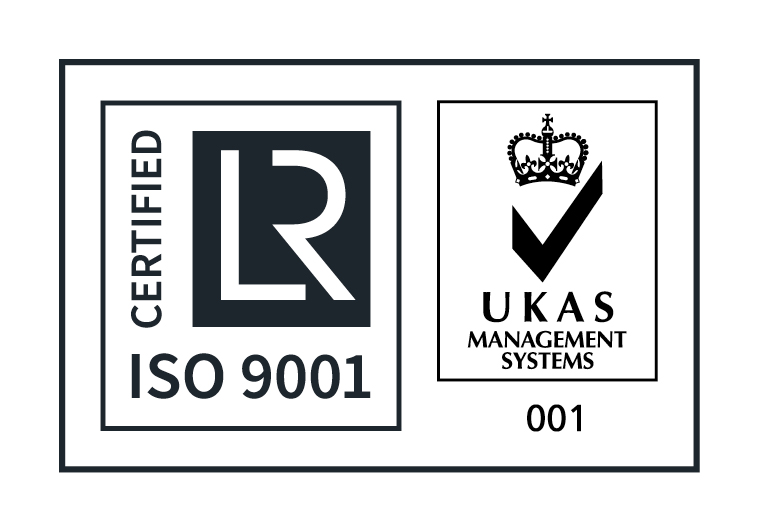CSMTS – Critical System Monitoring & Tracking System
Features
- Standard fit on all new build IHC Hytech self-propelled hyperbaric lifeboats
- 'Easy to install’ upgrade package to all existing self-propelled hyperbaric lifeboats
- Critical mission data recording & transmission as per industry requirements
- Continual ‘hot standby’ mode & periodic ‘health check’ interrogation
- Standby operation mode for non-IOGP contract operation
What is CSMTS?
The CSMTS – Critical System Monitoring and Tracking System is a stand-alone data acquisition, recording, communications and transmission product developed by Fathom Systems.
The Fathom Systems CSMTS meets and exceeds the current guidelines and requirements for the safe operation of self-propelled hyperbaric lifeboats (SPHL) in the event of an evacuation from the host Dive Support Vessel (DSV). The product is a multi-unit system that is an industry wide requirement as stipulated in IOGP Report 478 (7.4) and an essential element of the hyperbaric evacuation plan set out in the IMCA D052 guideline document.

Basic System Capability
The system transmits critical sensor and mission data from the SPHL to shore via the low level ‘Iridium®’ satellite communications network via two antenna mounted in a suitable position on the topside of the craft. A terrestrial server system managed by Fathom Systems receives the data which is then distributed via the Internet to allow remote monitoring and incident management of the SPHL from any location globally either on land or at sea. The DSV Operator has access to all data from the terrestrial servers via the Internet connection and a ‘Client-side’ application allows bi-directional data transfer between incident rooms and the SPHL.
The ‘Iridium®’ satellite communications system provides automated data transmission of the measured parameters and also provides voice communications via a handset for the SPHL crew to allow bi-directional calls to any telephone number globally and initiated by either party. The existing voice link to the SPHL chamber communications system also permits rescue personnel to talk to divers inside the chamber via the satellite telephone link and through the on-board helium speech unscrambler. The Fathom Systems CSMTS is compatible with all existing manufacturers voice communications systems installed on SPHL’s.
As the service provider, Fathom Systems automatically monitors the status of all equipped SPHL’s continuously. In the event of a launch, an immediate alert is received allowing the shore based response teams to be notified by telephone, SMS or e-mail. Automated periodic ‘health check’ interrogation ensures a fail-safe and direct system availability.
The on-board HMI is a Panasonic Toughpad mounted in the cockpit of the SPHL at the life support panel and hosted by the master data acquisition unit (MDAU).
Enhanced system capability
The system can be optionally extended to provide additional capability including;
- Biomedical instrumentation worn by the divers to measure heart rate, temperature, respiration rate and monitoring of specific medical instruments in the chamber (eg;blood pressure monitor, O2 saturation etc.)
- Global emergency broadcast / identification system permitting all authorised emergency services to monitor the status of any incident via the Internet and to provide advisory information to these authorities such as interface trunk size and position, emergency life support package connection details, numbers and details of occupants, details of DSV Operator and emergency response numbers etc.
- Automatic hand-over from vessel based diver monitoring systems (DMS) to the SPHL based CSMTS system including diver’s individual historical exposure profiles for current saturation period. This will allow remote management any therapeutic treatment of specific divers and management of decompression profiles either in the SPHL or at the onshore hyperbaric reception facility (HRF)
- Black box voice recording providing 72 hours of saved communications of the SPHL crew-divers
READ MORE
General
- Wide variety of sensor interface options
- Highly customisable to suit client requirements
- Designed for rapid installation
- Contact FSL for expanded I/O capability list
2 x BPU – Battery Power Unit
- Independent battery backed power supply
- Hosted by existing SPHL dual power supplies
- Two units fitted per system
Primary & Secondary Iridium® & GPS Antenna
- A combined unit c/w integrated transmitters & receivers mounted on the topside of the SPHL.
- Providing live GPS coordinates of the SPHL
- Calculated heading information
HMI & Software
- Toughpad c/w pre-installed Fathom Systems control, monitoring and logging software
- SPHL identification & details of occupants (crew and divers)
- Time stamped recording of any hyperbaric evacuation
- Display and logging of data from all system sensors
Comms Interface
- Dual independent GPS antenna
- Dual independent iridium antenna
- Distributed Worldwide redundant server system
Optional
- Biomedical chamber monitoring
- Black box audio voice recorder
- O2 & CO2 gas analyser
DAU1 – SAT Panel Area Data Acquisition Unit
- Chamber digital depth sensor (depth & rate of change)
- Climate control system temperatures
- SAT system battery voltages
- Optional Fathom Systems O2 & CO2 gas analyser digital interface
- Crew breathing air bottle pressure
- Existing O2 & CO2 interface (4-20mA)
DAU2 – Engine / Machinery Area Data Acquisition Unit
- Fuel gauge interface
- Engine cooling system temperature
- Engine battery status
- Engine tachometer
- Water inlet and outlet temperatures
DAU3 – Forward Space Acquistion Unit
- On-board O2 and HeO2 gas storage bottle pressures
- Standby generator status
- Pitch, roll & heave accelerometer sensor
- Fire-fighting system low pressure sensor
DAU4 – Chamber Internal Data Acquistion Unit
- Chamber internal temperature sensor
- Chamber internal humidity sensor
- ppO2 fuel cell & indicator
- Optional biomedical sensor inputs (up to 4)





